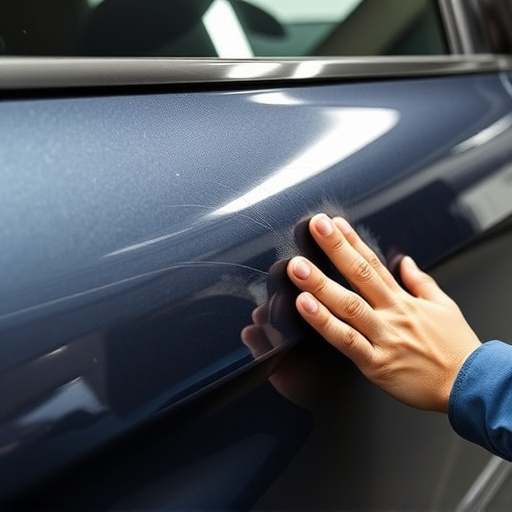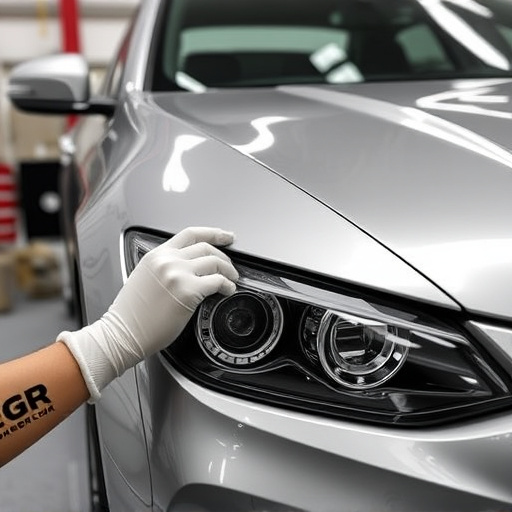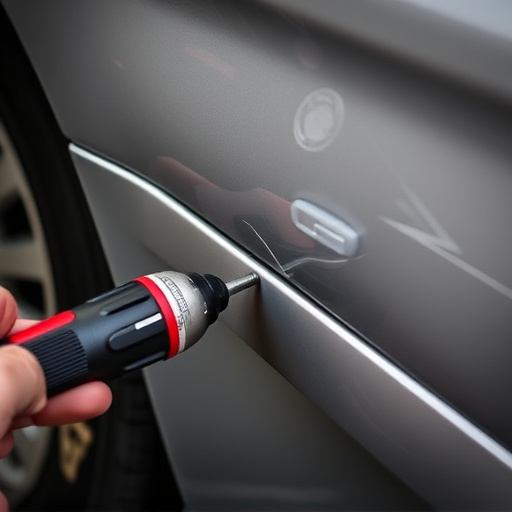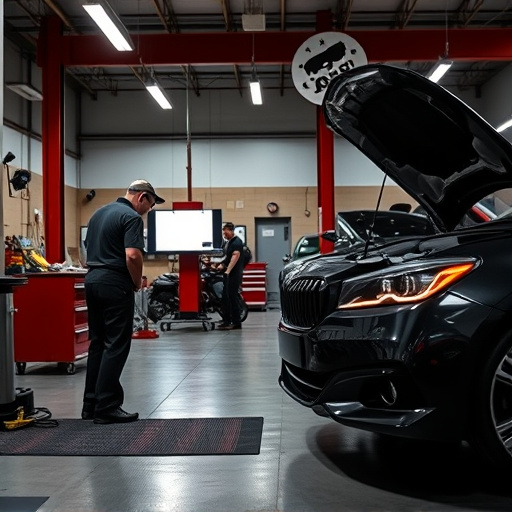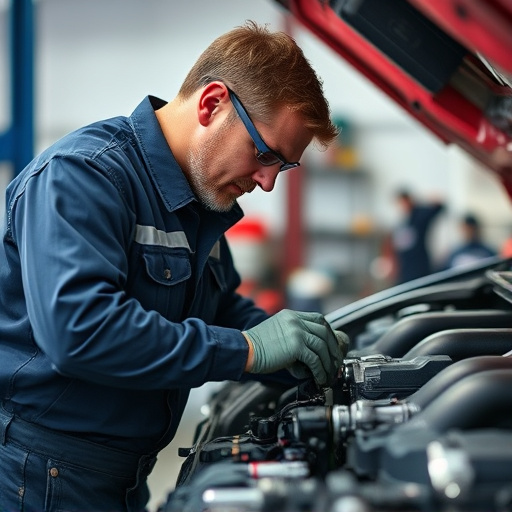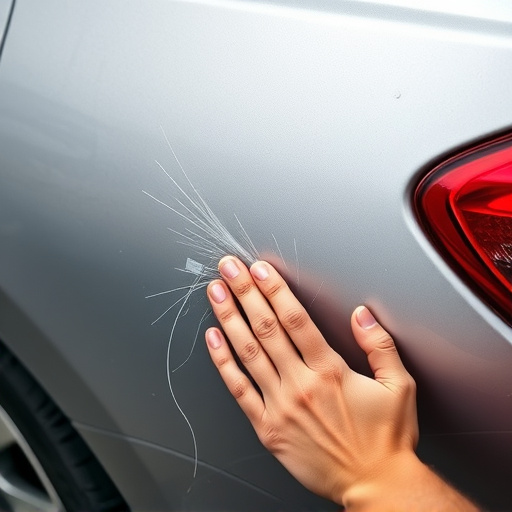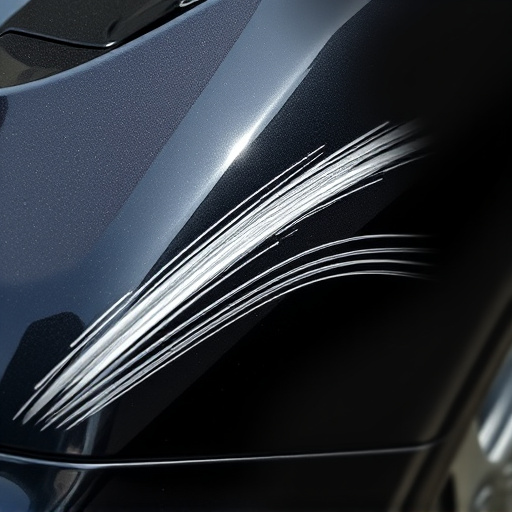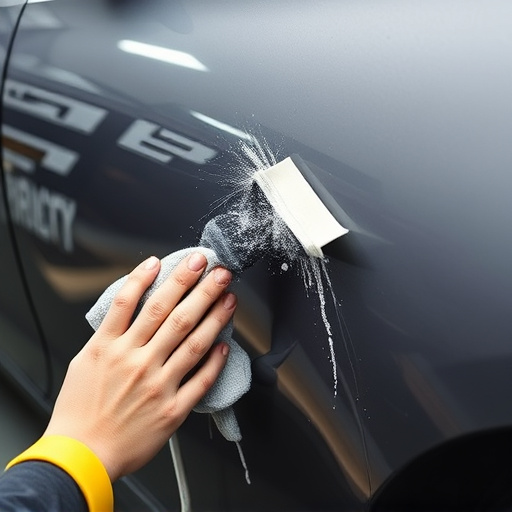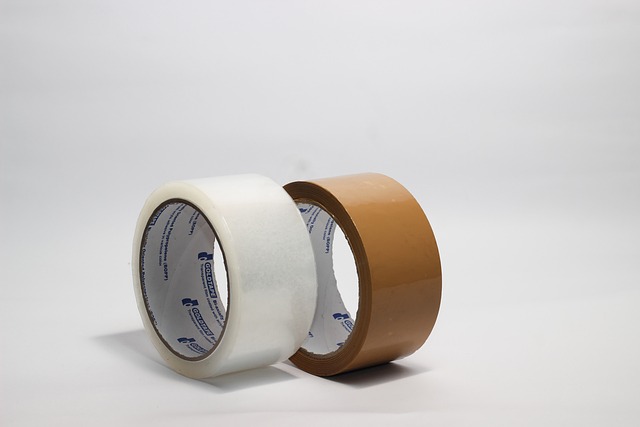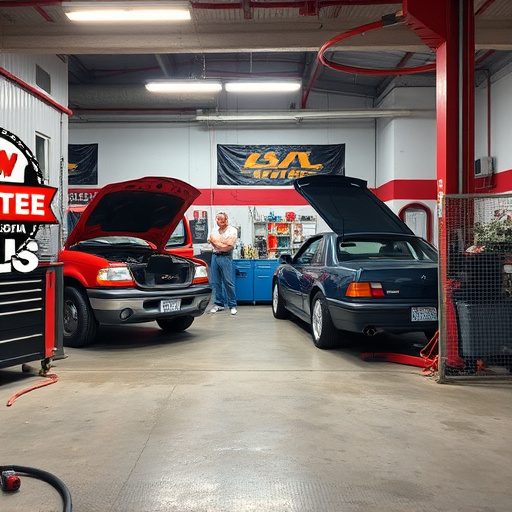Understanding and deciphering your car's unique paint code is vital for accurate vehicle color matching in auto repairs. Invest in quality equipment like color match guns and scanners to ensure precision and longevity. Practice on scrap materials first to refine skills and enhance preparation, resulting in effective color matching for all restoration needs.
Elevate your DIY car painting experience with our expert tips on achieving precise vehicle color matching. Understanding your vehicle’s unique color code is the first step. Then, invest in high-quality tools designed for accurate matching. Before tackling your car, practice on scraps to perfect your technique. These simple steps will ensure a seamless and satisfying vehicle color matching process, transforming your automotive projects into a breeze.
- Understand Your Vehicle's Color Code
- Choose the Right Tools for Matching
- Practice on Scraps Before Applying to Car
Understand Your Vehicle's Color Code

Before you begin your journey to perfect vehicle color matching, it’s crucial to understand your car’s unique color code. Each vehicle has a specific paint code, often denoted by a combination of letters and numbers, which identifies its exact shade. This code is usually found in the owner’s manual or on the door jamb. Deciphering this code is like solving a puzzle; once cracked, it’ll unlock the perfect match for your car’s color.
Knowing your vehicle’s color code ensures that you’re working with the right shades and tones, especially when dealing with specialized collision repair shops or automotive restoration experts, such as those specializing in Mercedes Benz collision repair. With this information, you can confidently browse paint options, ensuring a seamless and accurate vehicle color matching process.
Choose the Right Tools for Matching
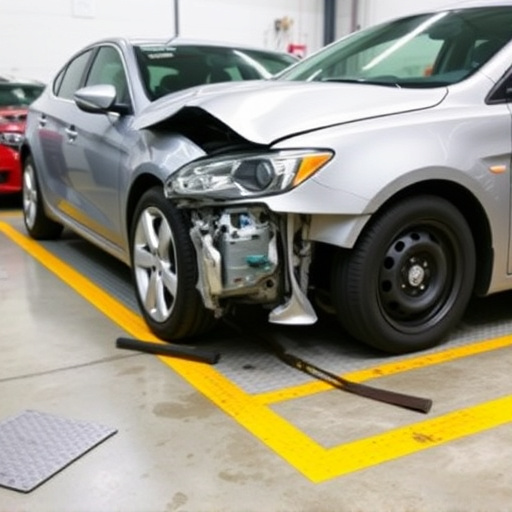
When it comes to achieving precise vehicle color matching during auto body repair, selecting the right tools is paramount. The process involves more than just a can of paint; you’ll need specialized equipment to ensure accuracy and longevity in your repairs. For instance, invest in high-quality color match guns and applicators designed for consistent, even coating. These tools are crucial for proper paint distribution, which directly impacts the final finish’s quality.
Additionally, consider acquiring color scanners or digital devices that capture and analyze vehicle paint codes accurately. Such technology eliminates subjective guesswork, ensuring you get the exact shade needed, especially when dealing with complex or unique vehicle colors. Remember, whether it’s a minor fender bender or extensive auto body repair, using the appropriate tools will make all the difference in the final color match and overall restoration quality.
Practice on Scraps Before Applying to Car
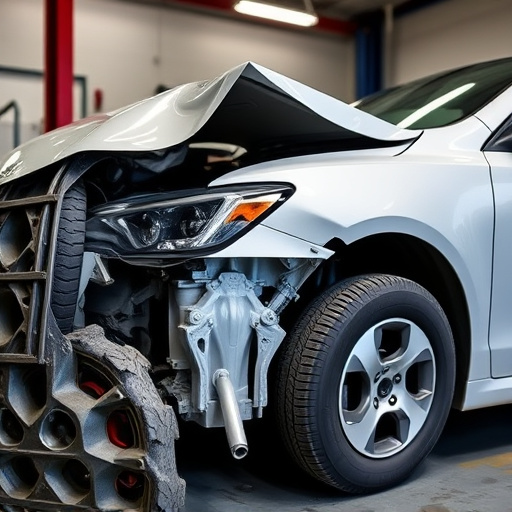
Before tackling vehicle color matching on your actual car, it’s wise to hone your skills on scraps of metal or plastic. This practice allows you to experiment with different techniques and shades without risking damage to your prized possession. By working on scrap materials, you can also get a feel for the application process—from blending to sanding—which will prove invaluable when dealing with complex curves and contoured surfaces of an actual vehicle.
This preparation stage is particularly beneficial if you’re not a seasoned professional. Even those relying on fleet repair services or seeking expert auto repair services should take advantage of this practice session, as it ensures more accurate and precise color matching during the final restoration process.
Improving your vehicle color matching skills requires a bit of preparation and practice. By understanding your vehicle’s unique color code, investing in quality tools, and testing on scraps before applying to the car, you’ll achieve more precise and professional results. These tips will enhance your experience, ensuring a seamless and satisfying transformation for your ride.
